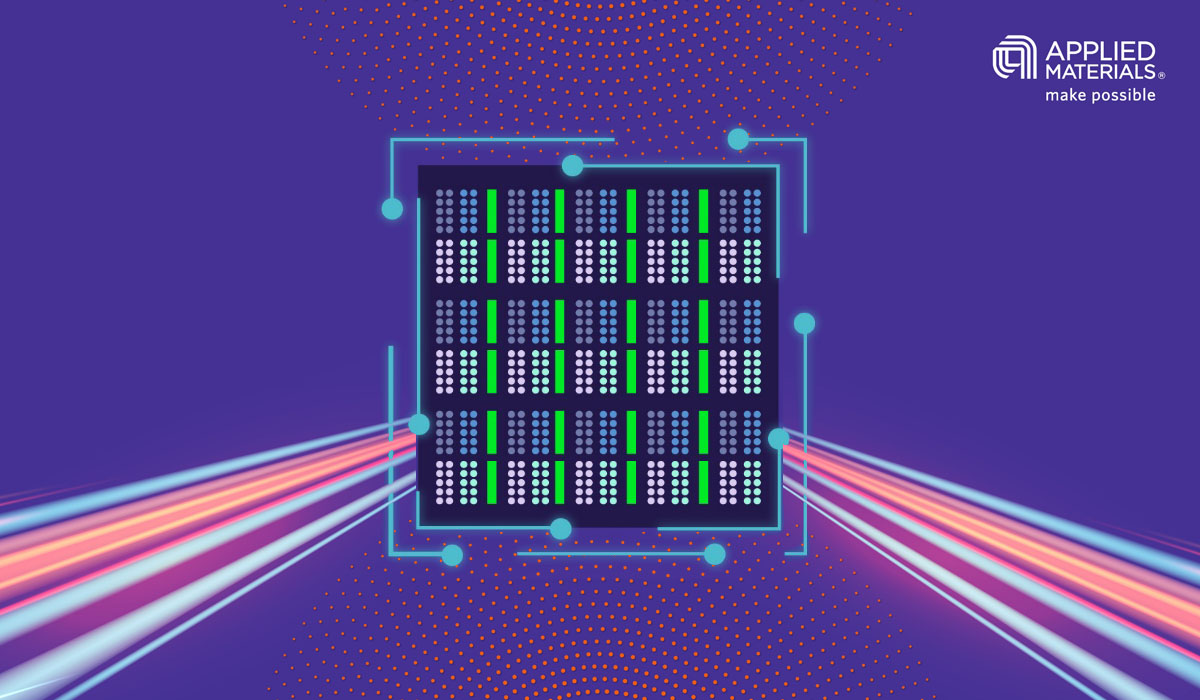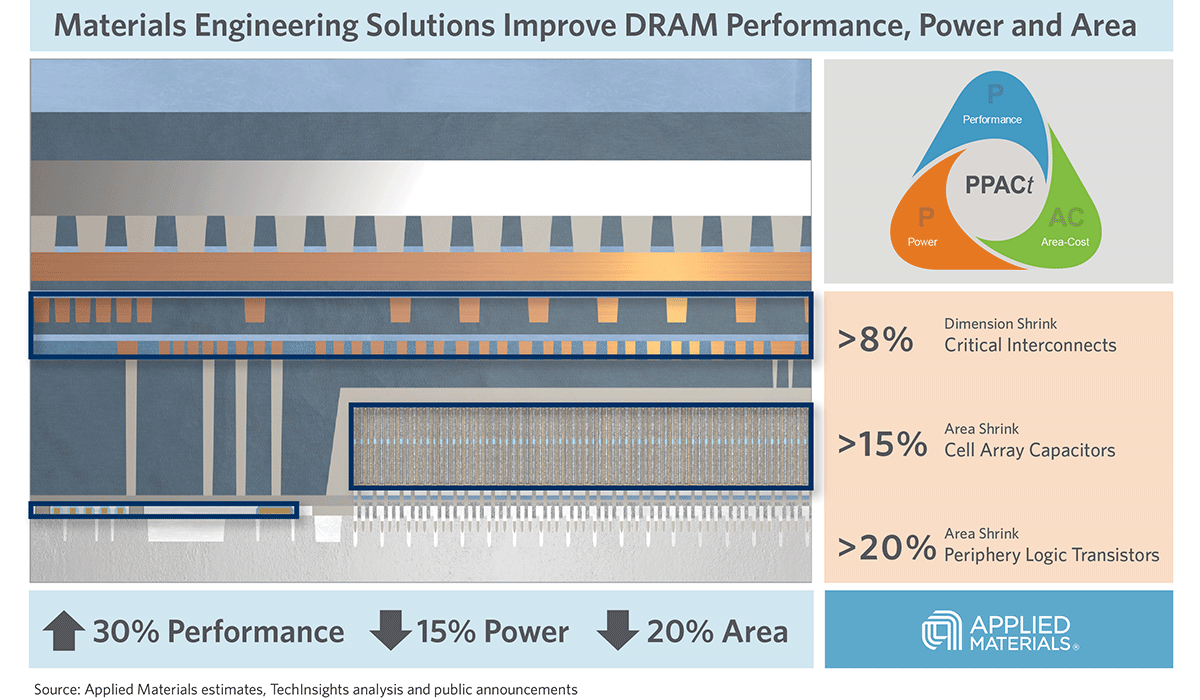Products & Technologies
Products & Technologies
Services
Resources
Posted
January 13, 2020

Stay updated on our content.
AI and Big Data Are Disrupting the Semiconductor Industry as We Know It
_1200x700.jpg)
by Regina Freed
Jan 13, 2020
The recent IEEE International Electron Devices Meeting (IEDM) reaffirmed that the semiconductor industry is in a period of reinvention as we grapple with the challenges and opportunities promised by the Internet of Things (IoT), Big Data and AI.
That such change is underway was made evident by a panel I was honored to moderate titled, “The Future of Logic: EUV is Here, Now What?” Joining me were distinguished thought leaders from several of the world’s top technology companies:
• Facebook – Barbara De Salvo, Silicon Technology Strategist, Augmented-Reality-Virtual-Reality Silicon Division
• IBM Research – Bala Haran, IBM Master Inventor and Director of Silicon Process Research
• Intel – Ramune Nagisetty, Senior Principal Engineer and Director of Process and Product Integration Technology Development Group
• Stanford University – Ali Keshavarzi, Adjunct Professor, Electrical Engineering Department
• TSMC – Geoffrey Yeap, Senior Director, Advanced Technology
While each panelist brought their own perspective to bear, there was consensus that applications enabled by AI and Big Data are already causing the electronics industry to forge new and divergent paths. The advent of EUV helps from a device scaling perspective, but it fails to address critical challenges that remain in other areas such as transistor performance, interconnect resistance and capacitance, and reliability. Solving those challenges requires multiple techniques that extend beyond scaling to include the use of new materials, new types of embedded nonvolatile memories and advanced logic architectures, new approaches to deposition and etch, and innovations in packaging and chiplet design. In other words, we need a New Playbook for semiconductor design and manufacturing supported by a collaborative design process that favors heterogeneous integration and system optimization.
What will this dawning era mean for our industry? Consider that for the past 10-plus years, the economics of the semiconductor industry have been defined largely by the manufacturing requirements of smartphones. That dynamic is shifting as AI introduces a new set of needs driven by an insatiable appetite for data. In fact, 2018 was the first year that machines generated more data than humans, with much of that data migrating from the edge to the cloud.
That’s what was so compelling about the IEDM panel, which drew insights from across the industry design chain—from TSMC and Intel to Facebook. What we confirmed in sharing our views is that the semiconductor design and manufacturing model is evolving and will look extremely different in the years to come. Take the design requirements of augmented reality glasses as an example. While they need some kind of logic element, they also require advanced optics and display technology, embedded nonvolatile memory, audio specialization, and a host of AI-enabled algorithms for computer vision, gesture and facial recognition and other information that must be sensed, stored and locally processed—all in a very small form factor with extremely low power consumption.
This bifurcation in the product space is introducing new and different material challenges and puts the industry at a tipping point by placing a premium on co-design, from materials and process technology to algorithms and systems. Or, as we like to say, “from materials to systems.” After hearing the perspectives of our panelists, it’s now clearer than ever: it will take a village to enable the chips that meet the new demands of the AI Era.
Stay tuned for more blogs highlighting key insights from our IEDM panel.
Tags: IEDM, New Playbook, AI, Moore's Law, Big Data, logic, Facebook, Intel, stanford, TSMC, PPAC, augmented reality, new materials, emerging memories, packaging, chiplets, heterogeneous integration, system optimization, Codesign, IBM Research
Regina Freed
Vice President, AIx™ Solutions

Regina Freed has more than 20 years of experience in the semiconductor industry, managing semiconductor process and equipment development for both logic and memory processes, including co-optimization between deposition and etch, lithography, metrology, and defect inspection. At Applied Materials, Regina leads our AIx™ program that enables us and our customers to accelerate development and ramp through Actionable Insights as well as control our processes to deliver improved process windows, enabling customers to scale faster and at lower cost, while optimizing device performance.

Now is the Time for Flat Optics
For many centuries, optical technologies have utilized the same principles and components to bend and manipulate light. Now, another strategy to control light—metasurface optics or flat optics—is moving out of academic labs and heading toward commercial viability.

Seeing a Bright Future for Flat Optics
We are at the beginning of a new technological era for the field of optics. To accelerate the commercialization of Flat Optics, a larger collaborative effort is needed to scale the technology and deliver its full benefits to a wide range of applications.

Introducing Breakthroughs in Materials Engineering for DRAM Scaling
To help the industry meet global demand for more affordable, high-performance memory, Applied Materials today introduced solutions that support three levers of DRAM scaling.
